The forex market continues to grow, with trillions of dollars being traded across currencies and countries daily. Such vibrance presents an exciting opportunity for you to make money, although to trade forex requires a great deal of effort and discipline.
Below, we’ll look into how to enter the crypto market and make the most out of it.
What is the Forex Market?
In its simplest sense, the foreign exchange market is the global marketplace for trading one currency for another. Thanks to the significance of trade and business operations, currencies remain very important to the world. It’s the largest and most liquid market in the world. The Bank of International Settlements estimates trading in the global foreign-exchange market at $6.6 trillion daily.
Due to the size of global currency trade, there is no single platform or marketplace that can handle volumes. Instead, trades are conducted electronically via computer networks and between millions of traders worldwide.
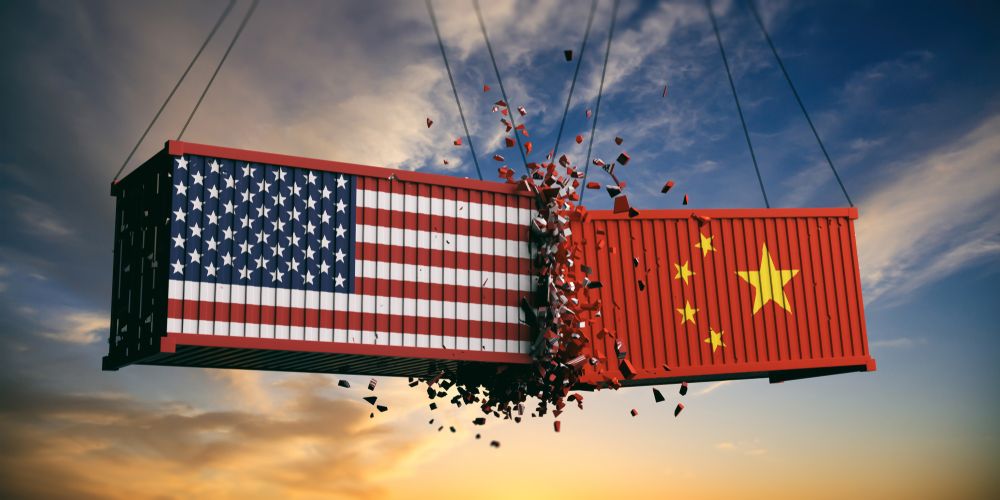
The currency market is open 24 hours a day, five-and-a-half days a week. Trades usually go through nine major financial centers – New York, London, Zurich, Tokyo, Singapore, Frankfurt, Hong Kong, Sydney, and Paris.
These locations represent almost every time zone, so when trading stops in one place, it immediately picks up elsewhere. All of these make the forex market incredibly active at all points of the day.
How the Currency Markets Work
The forex market is the largest market in the world with daily trading volumes of trillions of dollars. So, how does it work?
Unlike the stock market or the commodities market, forex trades essentially occur between two parties across over-the-counter (OTC) platforms. The market is essentially run by a network of banks spread across different time zones. Hence, the market stays open all day:
The forex market is primarily broken down into three:
- Spot market: This is the physical exchange of a currency pair. It takes place at the point where trade is settled.
- Forward market: Two parties agree to buy or sell a specified amount of a currency at a particular time. The contract states that the trade will be settled at a future date or within a range of dates.
- Future market: Two parties enter a contract to buy or sell a specified amount of currency at a specific price. The difference between this and the forward market is that the agreement entered is legally binding.
What Moves the Forex Market?
Since the forex market consists of different currency selections and pairs, making exchange rate predictions is challenging. However, like most financial markets, demand and supply forces play a significant part in affecting the forex market’s movement. To wit, the following factors can easily affect price fluctuations in the forex market.
a.) Macroeconomic policies
Central banks control the supply of currencies. Policies from these institutions affect a currency’s price either way. For instance, quantitative easing involves an injection of cash into circulation. It could lead to an inflationary trend, which will cause the currency’s price to drop and erode demand for it.

b.) Market sentiment
When investors and banks believe that an economy has a strong outlook, they flock to it.
More often than not, market sentiment gets affected by news and developments surrounding an economy. So, market participants spend a lot of time listening to and reading the information to know the latest about currencies and economies where they have holdings. They make their trades based on their beliefs about the currency – beliefs primarily formed by the news and rumors making the rounds.
c.) Released economic data
Economic data from trusted sources provide an outlook and analysis of an economy.
For instance, say the United States’ economy contracts more than the estimated 2 percent in 2020. The Federal Reserve might want to stimulate economic activity by reducing interest rates and encouraging borrowing. Traders could begin offloading the dollar once they believe rates will go down.
d.) Credit ratings
Investors also try to maximize their returns from a specific market while keeping risk at bay. To help with the latter, they examine credit ratings when making investment decisions.
A country’s credit rating is an assessment of its debts and likelihood of settlements. An independent organization usually carries out the assessment. Countries with higher credit ratings are seen as safer investments, and their currencies could gain as a result.
Understanding Several Key Terms
Like every part of the trading space, forex has some significant terms you want to keep in mind.
These include:
a.) Base and quote currency
In a forex pair, a base currency is the first one listed. The second is the quote currency. So, in USD/GBP, USD is the base currency. In a forex pair, the price is the value of one unit of the base currency in the quote currency. So, if USD/GBP is selling at 1.50000, one Pound is worth 1.50000 dollars.
b.) Spread
A spread is the main difference between the sell and buy prices quoted for a forex part. You’re presented with two prices when you open a forex position. You trade at the buy price if you’re looking to open a long position, and you trade at the selling price when you’re going short. That difference is the spread.
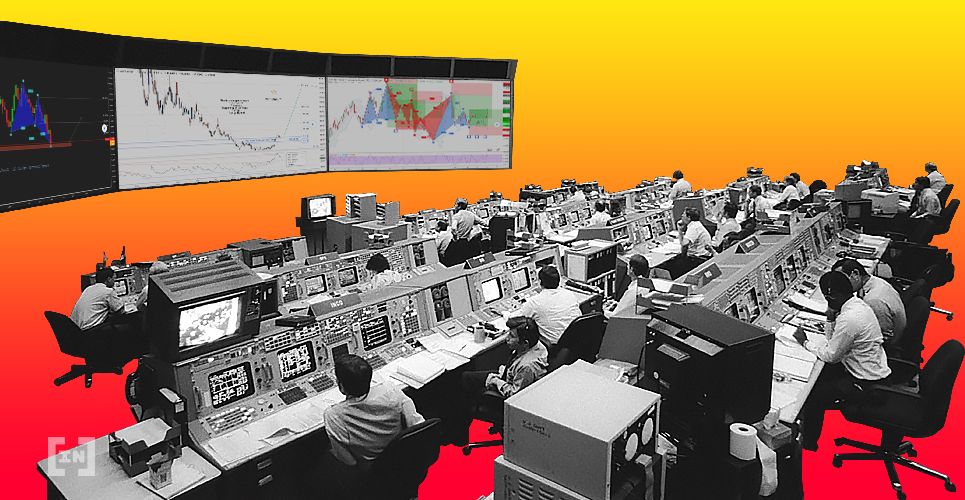
c.) Lot
Currencies are traded in lots – essentially, currency batches used to standardize trades. Lots are usually large, since forex trades tend to move in small amounts.
d.) Leverage
Leverage is your ability to gain exposure to a currency without having to pay the total amount. It is essentially taking a loan to facilitate your loan – you put up a small deposit (known as the margin), and you can access the funds you need to make your trade. When your trade closes, the profit or loss made will depend on the leverage you get.
Margin is usually expressed as a percentage of your entire position. So, if you’re making a trade that requires just 1% of the total position’s value, you could end up just putting up $100 to make a trade worth $10,000.
e.) Pips
A pip is a unit used to measure movements in a forex pair. Pips are usually equal to a single-digit movement in the fourth decimal place of a currency pair. So, say USD/AUD moves from $1.20032 to $1.20042, we say it has moved a single pip.
How to Trade Forex for Beginners
Given the complexity of the forex market, it’s impossible to give a detailed guide on the exact best time to trade forex. However, successful traders tend to have several things in common:
a.) Work With the Right Broker
First thing first—get a broker. One of the most useful tips will be to find the right broker to run trades through. There are various options available, so you have your pick of the litter. However, consider factors such as user experience, competitive pricing, customer support, and access to markets.
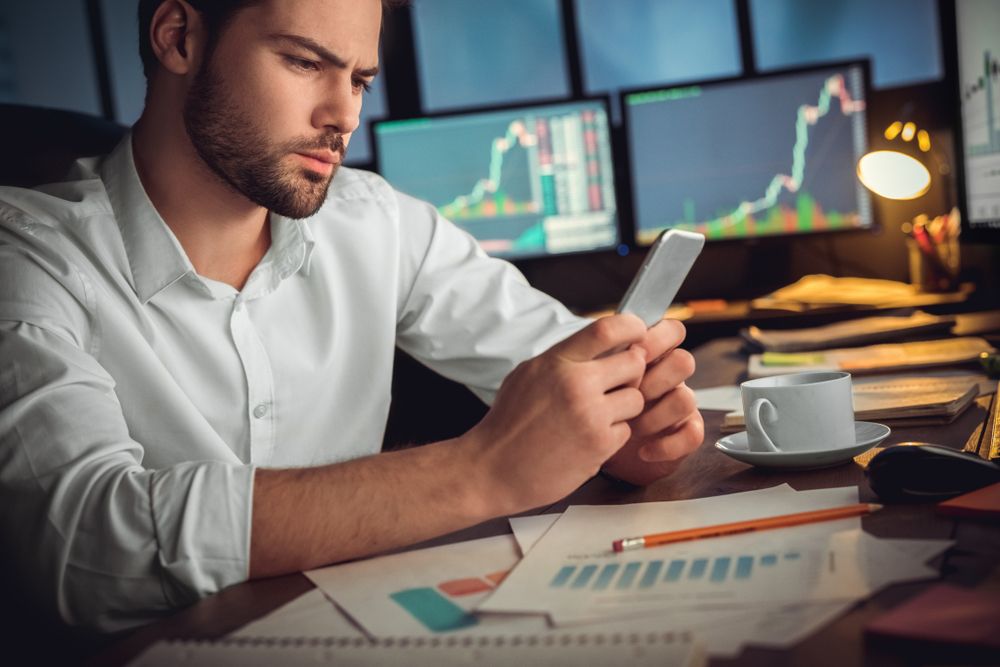
b.) Understand Trading Capital
Those who really know how to trade forex have a clear grasp on leverage and margins. Leverage allows you to make bigger plays, but it also opens you to greater risk. Most newbie traders tend to be too aggressive with their leverage and position sizing. Don’t do this.
Remember to be conservative as you start. Don’t pick positions you’re unsure of, and go easy on the leverage. Some tutors will even recommend that you don’t use leverage while trading as a beginner at all.
c.) Always Use the Demo Account
Every professional was once a newbie. If you’re just starting out, use a demo. One of the hallmarks of an excellent brokerage service is the provision of a demo account for newbies to learn the ropes. Beyond just understanding how trading works, the demo account also shows you how to use the brokerage platform in question. This way, you’re entirely prepared when you start trading the real deal.
d.) Test the Waters
When you start trading on the main account, start small and work your way up. Get knowledge of the best risk management practices available, and apply them. Use stop losses, analyze your positions strictly, and be sure of your trades.
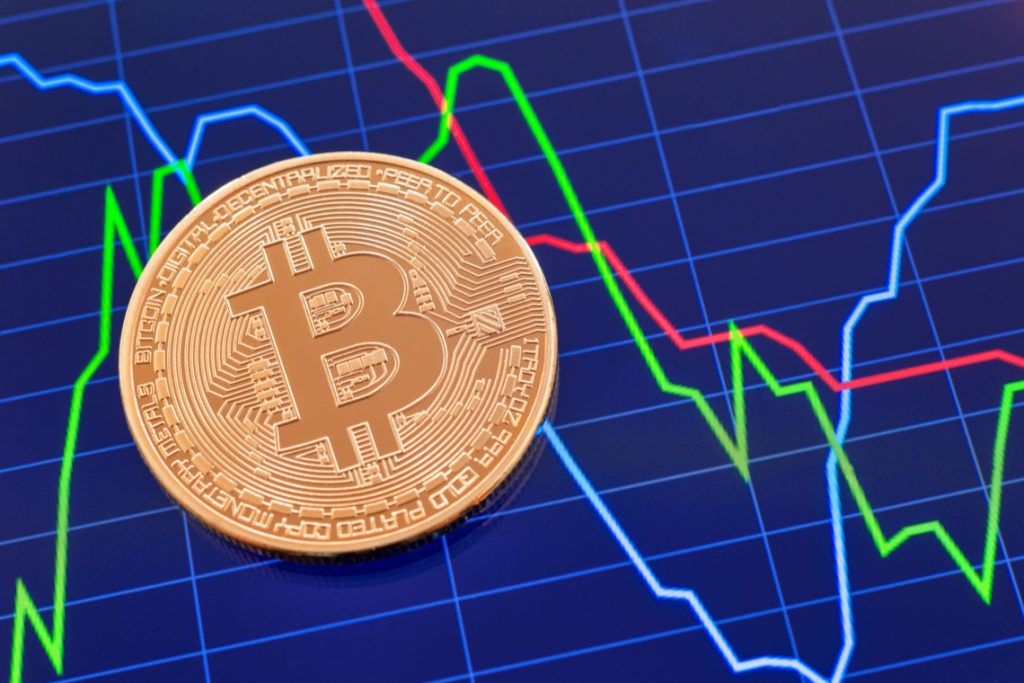
e.) Learn, Learn, Learn
No one knows the entirety of forex. The moment you see yourself making progress, learn more. Always seek knowledge from whatever source you can find.
How to Trade Forex With Crypto
Cryptocurrencies have become part of the financial system. Today, you can use cryptos to make forex trades.
If you’re looking to trade forex with crypto, you should use Bitcoin. It is the most popular cryptocurrency. Hence, it’s the most liquid. Most brokerage services that offer the crypto option for funding your account often stick with Bitcoin.
Today Bitcoin has grown in popularity. It now has almost $1 trillion in market value, with millions exchanging hands daily. Trading Bitcoin and forex are pretty similar – the assets’ prices jump based on demand and supply numbers, which presents an opportunity to earn.
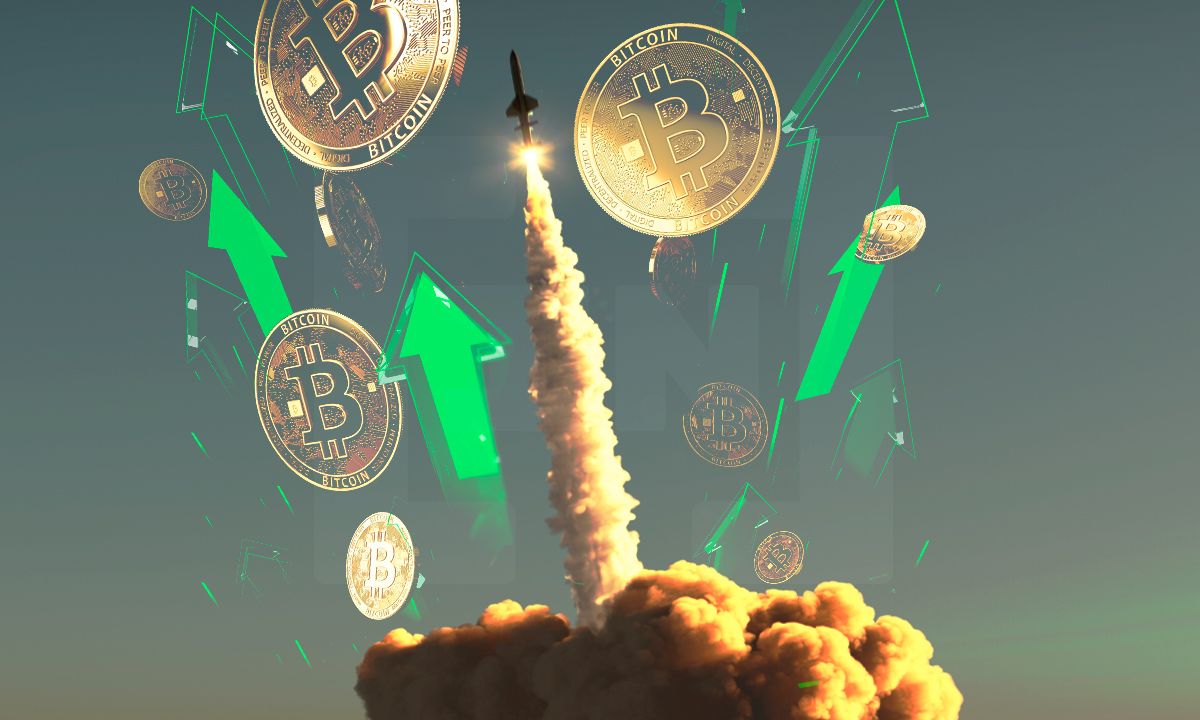
It’s also pretty easy to trade forex with Bitcoin. Most cryptocurrency exchanges allow you to access currency pairs, and they also add Bitcoin into the mix. Since it is the most liquid cryptocurrency, you shouldn’t have any problems finding buyers and filling orders.
How will it work? When you trade forex with Bitcoin, the first thing you need to do is transfer Bitcoin to your broker. Once you do that, you can then take a position in the currency of your choice and earn profit.
The difference between using fiat currencies and bitcoin is volatility. The fluctuation of the exchange rate for bitcoin could impact profits or loss. Beyond the unpredicatble nature of bitcoin, there are other benefits for using crypto to trade forex.
Trading forex with Bitcoin is more private. You don’t need to reveal your credit card details before making a transaction. Also, bitcoin transactions have no global boundaries. Anyone can use the digital asset irrespective of their location. Some brokers also offer higher leverage for bitcoin trades, which is a plus for experienced traders.
Conclusion
For all its risks, there are a lot of opportunities in the forex market. The market is ripe for newbie investors with limited funds to day trade. A focus on understanding how to analyse macroeconomic policies and market sentiments should be prioritized for traders who want to be profitable. The forex market is filled with opportunities, but extreme caution should be exercised to prevent dealers from becoming insolvent.
Frequently asked questions
What is forex trading?
How does the forex market operate?
What are the risks and benefits of forex trading?
Disclaimer
In line with the Trust Project guidelines, the educational content on this website is offered in good faith and for general information purposes only. BeInCrypto prioritizes providing high-quality information, taking the time to research and create informative content for readers. While partners may reward the company with commissions for placements in articles, these commissions do not influence the unbiased, honest, and helpful content creation process. Any action taken by the reader based on this information is strictly at their own risk. Please note that our Terms and Conditions, Privacy Policy, and Disclaimers have been updated.




